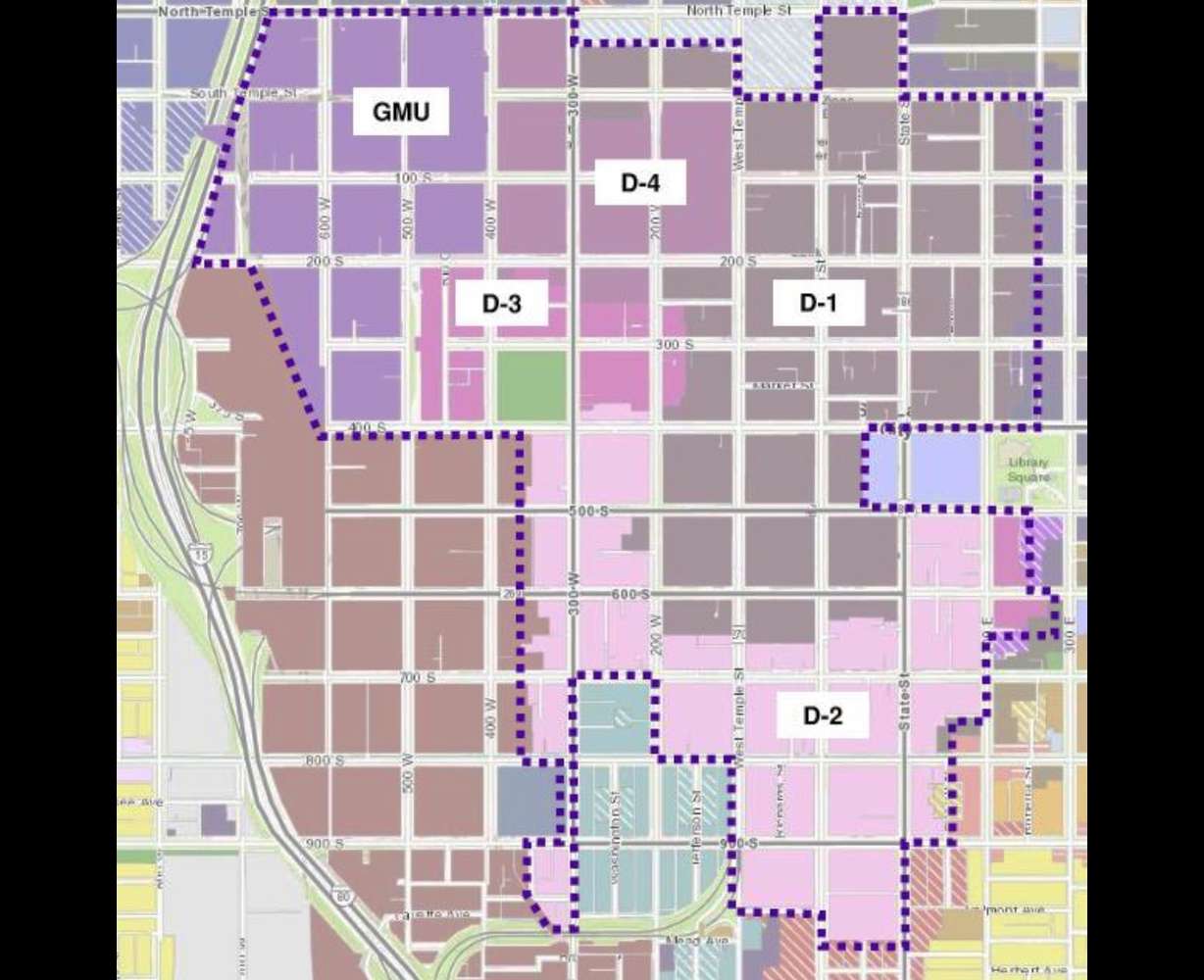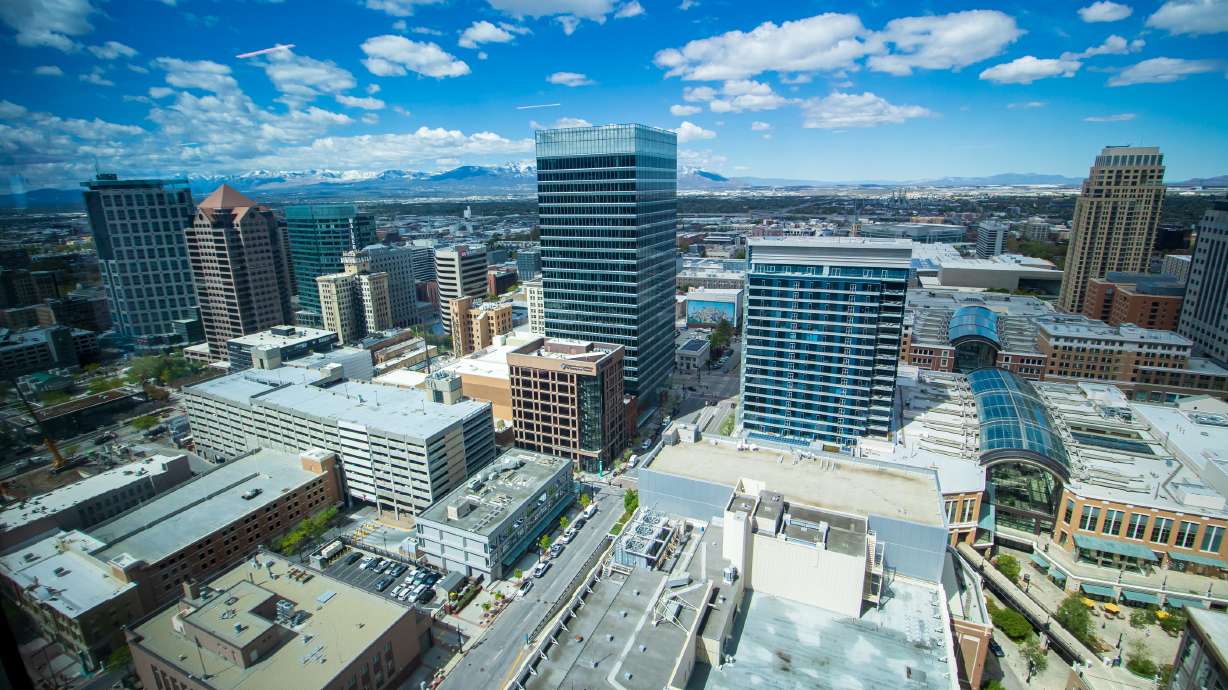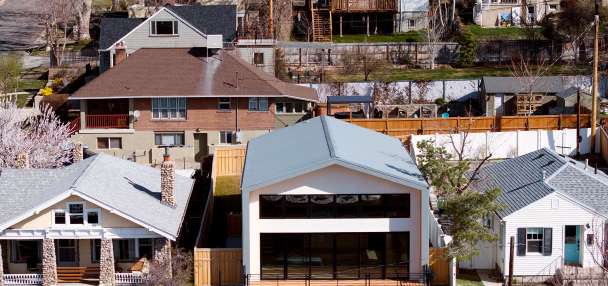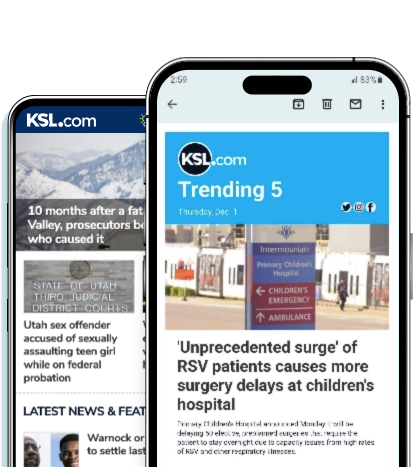Estimated read time: 3-4 minutes
- Salt Lake City wants to eliminate future large downtown parking lots.
- A proposed zoning text change requires parking lots to be collocated with buildings received support from the Salt Lake City Planning Commission.
- The proposal will be reviewed by the City Council before potentially being implemented.
SALT LAKE CITY — Utah's capital city is exploring a plan to phase out massive parking lots in and around downtown as the city continues to navigate the impacts of its ongoing growth.
Members of the Salt Lake City Planning Commission voted last week to recommend a proposed zoning text amendment that would only allow parking garages and lots that are collocated on properties with a building.
The proposal would apply to new construction within all four downtown zoning areas, which stretch into parts of the Central City, Central Ninth and Granary districts and neighborhoods, as well as the Gateway Mixed Use District zoning areas in downtown. It wouldn't apply to the existing lots in the area, nor would it change street parking rules.
Salt Lake City Mayor Erin Mendenhall initiated the change process earlier this year, following a request from the Salt Lake City Planning Division. Rylee Hall, a principal planner for the city, explained to the commission that the proposed changes would help clarify zoning standards that have been jumbled by recent projects, scattering parking requirements into three sections of the city code.
As the code currently states, building new parking lots as the only use of a property is prohibited in the city if a building is demolished for a new parking lot. Hall said this led to issues where parking lots were requested well after a demolition, and it was difficult to tell whether it was a deliberate attempt to bypass the rule or not.
She added that lots also conflicted with three downtown-related master plans calling for "people-focused development" as the city continues to grow and downtown becomes denser and more residential.
"In general, large surface parking lots are incompatible with pedestrian-oriented environments because they can cause significant negative impacts to the pedestrian experience and visual character of downtown," she said.
Under the proposed change, parking garages would be preferred, especially if they have screening at their entry and exit points, and ground-floor utilization. Some of these requirements are already in code. There would also be changes to parking lot design standards, such as a requirement for glass at the upper level of a garage and modifications to which building materials are required.
New parking lots would only be permitted if they're on properties next to buildings. Lots can be either behind a building or to its side, but there are extra provisions that limit their size and proximity to sidewalks. They'd also be limited to 40 stalls to reduce "the overall area of pavement in the downtown area," according to a city memo.

Parking lots cover more than a quarter of Salt Lake City's downtown area, per Parking Reform Network, a parking policy advocacy group, which has previously analyzed surface area for most of where the zoning change would apply.
Meanwhile, the proposal received support from other groups since being introduced. In a letter to the commission, Judi Short, vice chair of the Sugar House Community Council and chair of the council's use and zoning committee, wrote that the organization supports the changes.
"Requiring the lower floors to have 50% of the façade covered, to not detract from the pedestrian experience, is a good idea," she wrote. "The fact that active uses are required on the street level for many of the downtown zones should help as well."
A few other residents also wrote in favor of the proposal. Thea Brannon wrote that she's supportive of the plan, but added she believes there should be extra measures to add "a minimum volume of trees or plantings" and to hide parking lots from street view.
The commission ultimately voted unanimously to recommend the zoning text amendment, following a series of clarifying questions.
It now heads to the Salt Lake City Council for final approval before it's possibly implemented into code. It's unclear yet when that process will begin.












